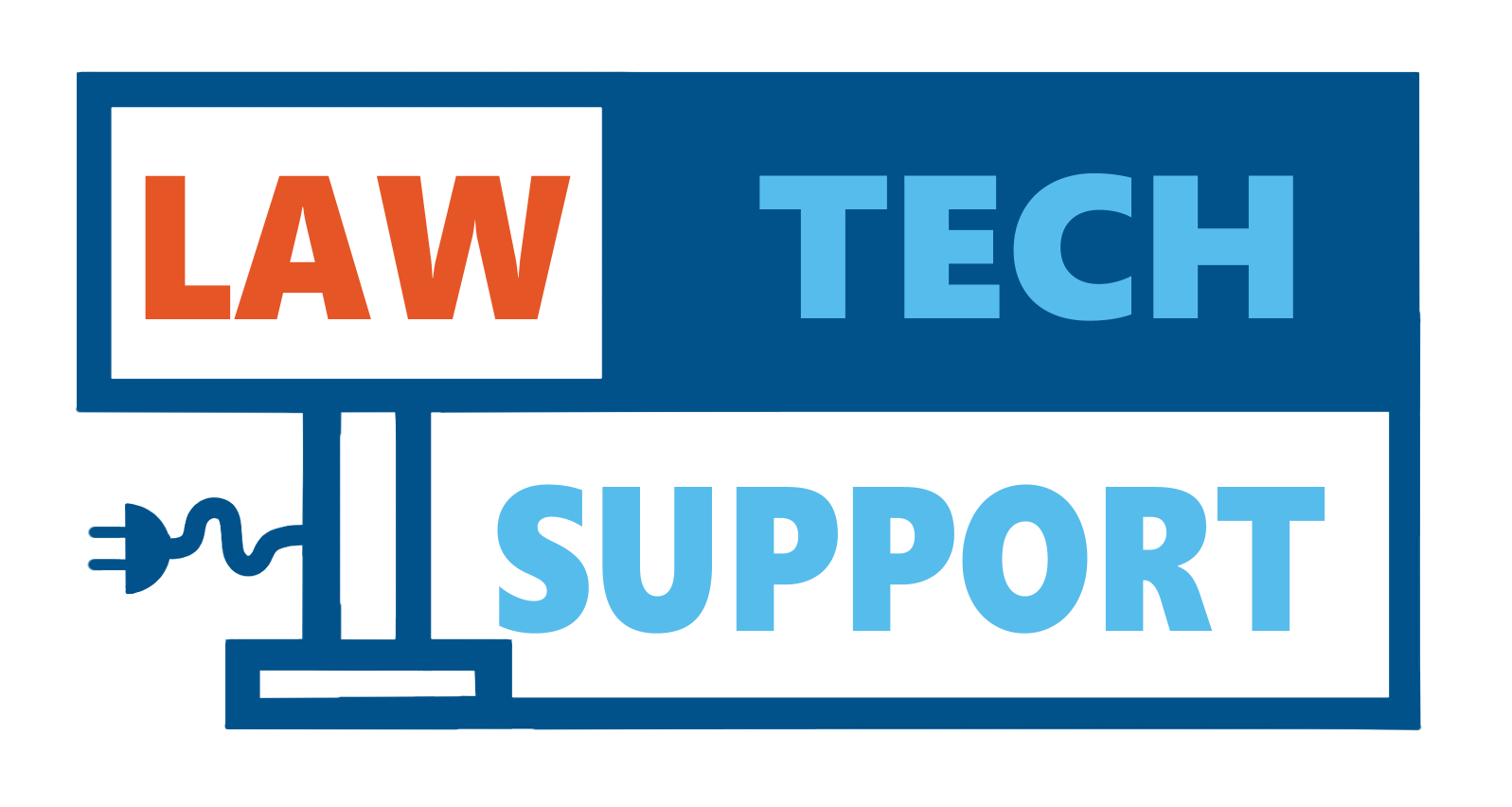Zoom: A Guide for Students
Zoom Student Basics: Compatible Equipment and Connection Requirements Using the Zoom Chrome Extension Join a Zoom meeting/class Request to record a Zoom meeting/class Etiquette for online meeting/class HELP! My Zoom isn’t working! Blur Background in Zoom Pepperdine University has a university-wide site license for the popular video conferencing product, Zoom, for all students, faculty and […]
